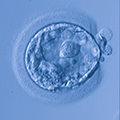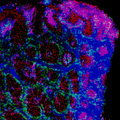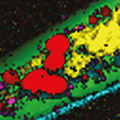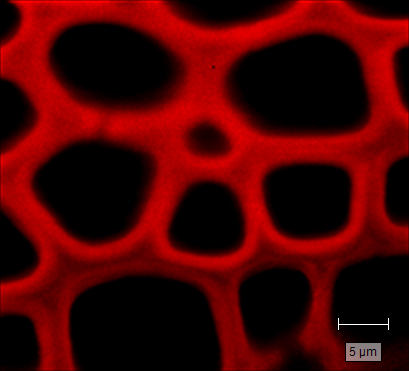Raman spectroscopy for the life sciences
Raman spectroscopy is being successfully applied to the analysis of human, animal, and plant cells and tissue.
Use this label-free analytical technique to get chemical and structural information in a range of life science applications.
- Bioprocessing
- Protein/peptide structural analysis
- Microbiology
- Drug delivery in vitro and in vivo
- Cancer research/pathology
- Redox biology
- Regenerative medicine
- Ageing and neurodegenerative diseases,
- Biofuel and agricultural research
- Lipidomics
- Metabolomics
- Developmental biology
- Reproductive biology
- Virology
Click on the links below to find out how we can help with your life sciences applications:
We're here when you need us
To find out more about this application area, or an application that isn't covered here, contact our applications team.
Contact our applications team





